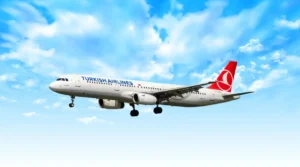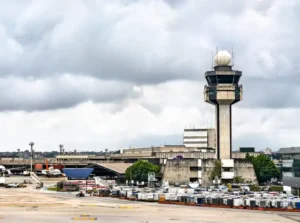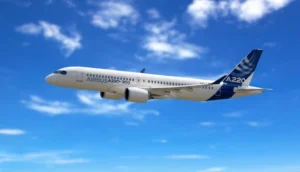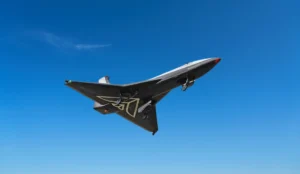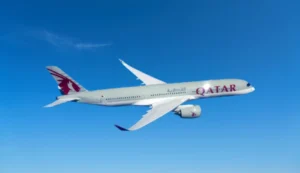Government Aims for Skyborne Taxis within 2 Years
Prepare for a sky filled with taxis as soon as 2026, according to the latest government announcement. Partnering with the aerospace industry, the UK government has laid out a bold plan titled the Future of Flight action plan, envisioning flying taxis becoming a common sight just two years later.
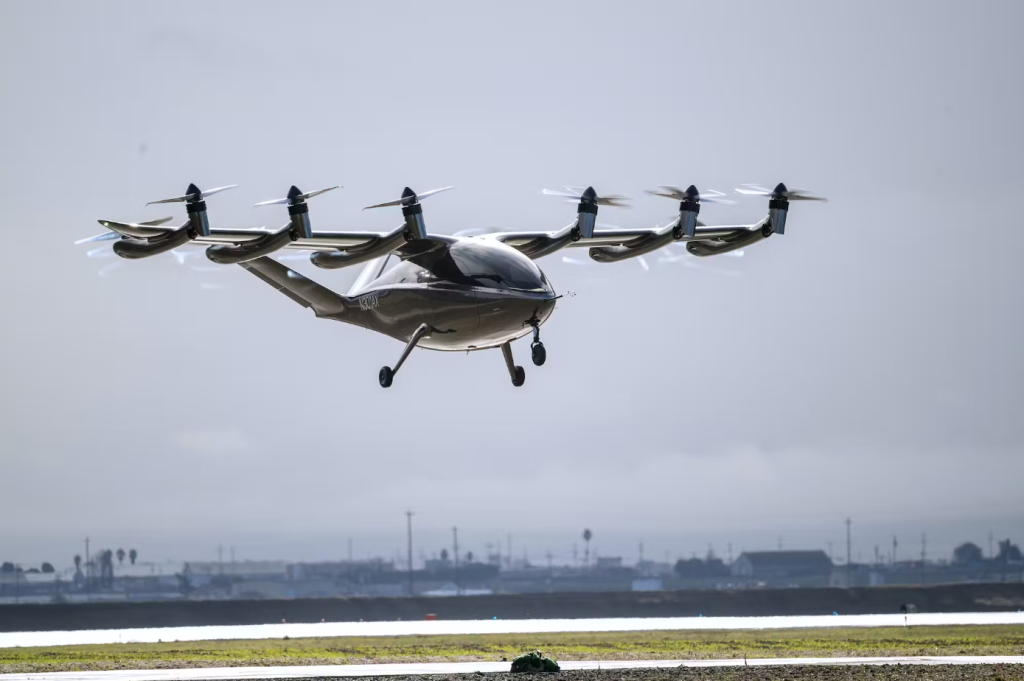
In addition to flying taxis, the plan also foresees increased autonomy for drones and other aerial vehicles. Predictions even extend to the debut of the first pilotless flying taxi by 2030.
Despite these lofty ambitions, experts caution that challenges such as infrastructure development and public acceptance must be addressed first.
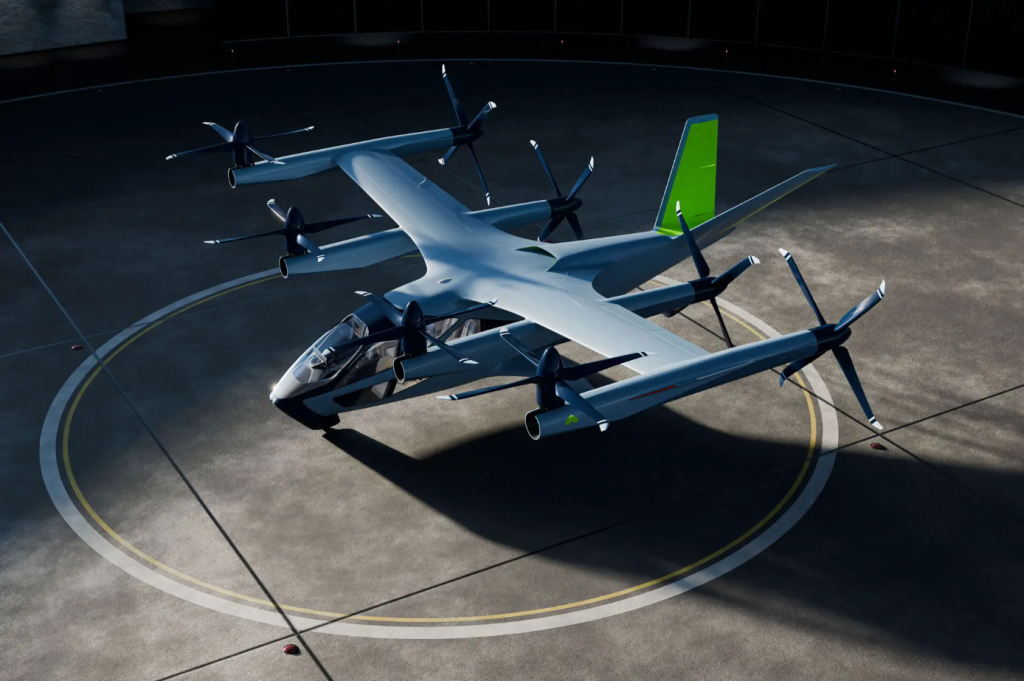
Flying taxis, known as eVTOLs (electric vertical take-off and landing aircraft), are set to revolutionize transportation. Resembling futuristic helicopters, these vehicles can typically accommodate about five passengers. Initially, they’re expected to serve as exclusive modes of transport, gradually replacing costly helicopter journeys.
The Department for Transport is also paving the way for drones to fly beyond visual line of sight, enabling tasks such as medical supply transportation, rural area postal deliveries, and law enforcement operations.
However, the road to airborne taxis is not without obstacles. Craig Roberts, head of drones at PwC, highlights infrastructure and public perception as major hurdles. Nonetheless, he remains optimistic about the 2026 target, especially for longer-distance, high-occupancy scenarios.
Infrastructure is a key concern. The UK would require new developments like “mini airports” for drones, a concept first trialed in Coventry in 2022. Andrea Wu, CEO of Urban Air Port, emphasizes the need for more infrastructure investment, calling the 2028 goal an ambitious timeline.
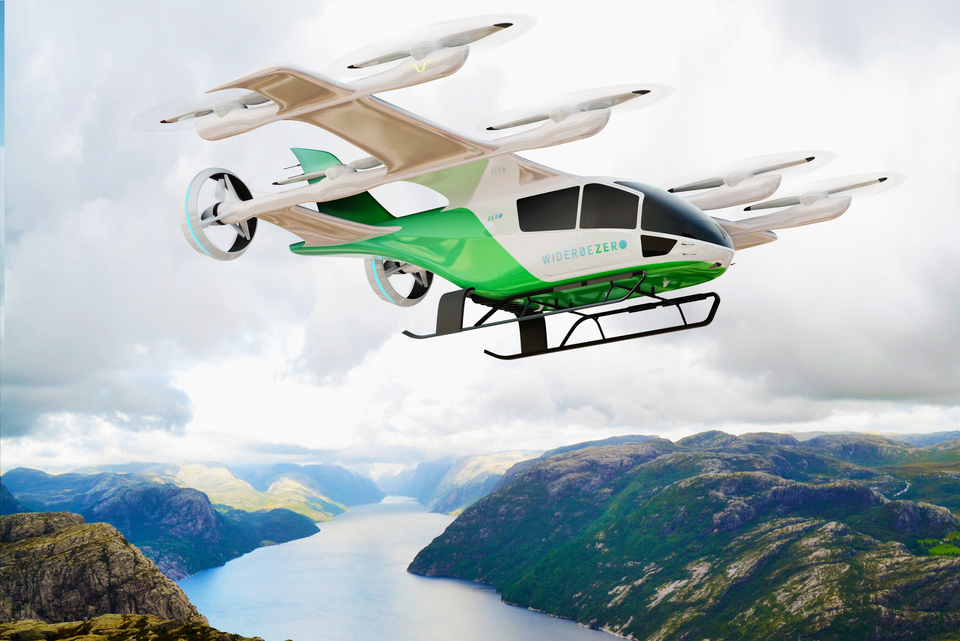
The government’s plan includes the operation of the first vertiport this year, with the Civil Aviation Authority consulting on proposals for additional vertiports at existing aerodromes. However, achieving the aim of autonomous air taxis by 2030 would necessitate new regulations to govern their operation.
While challenges abound, the prospect of flying taxis represents a significant leap in urban mobility. With collaborative efforts between government, industry, and the public, the skies could soon be bustling with futuristic transportation solutions.

